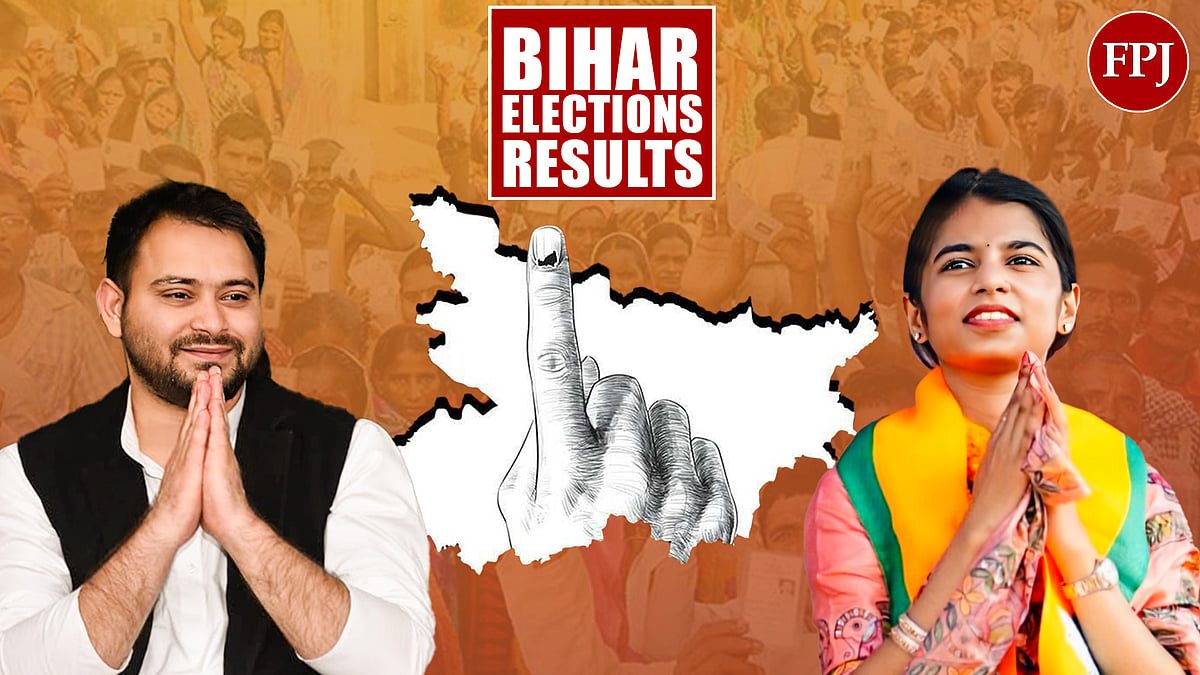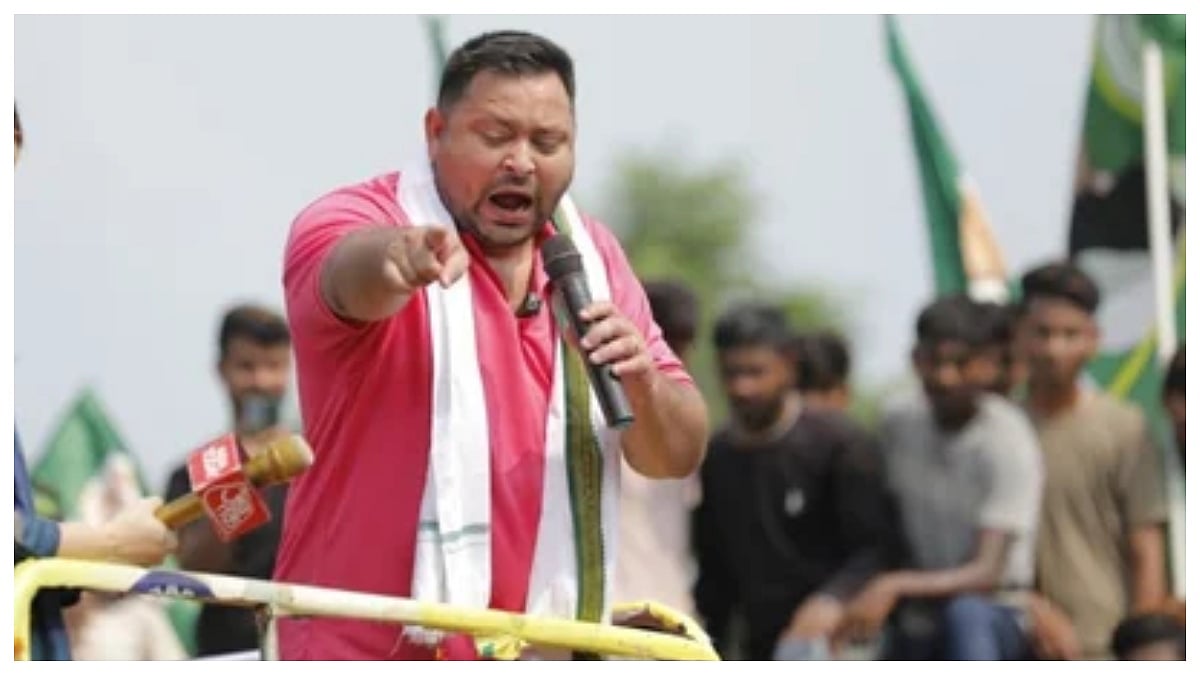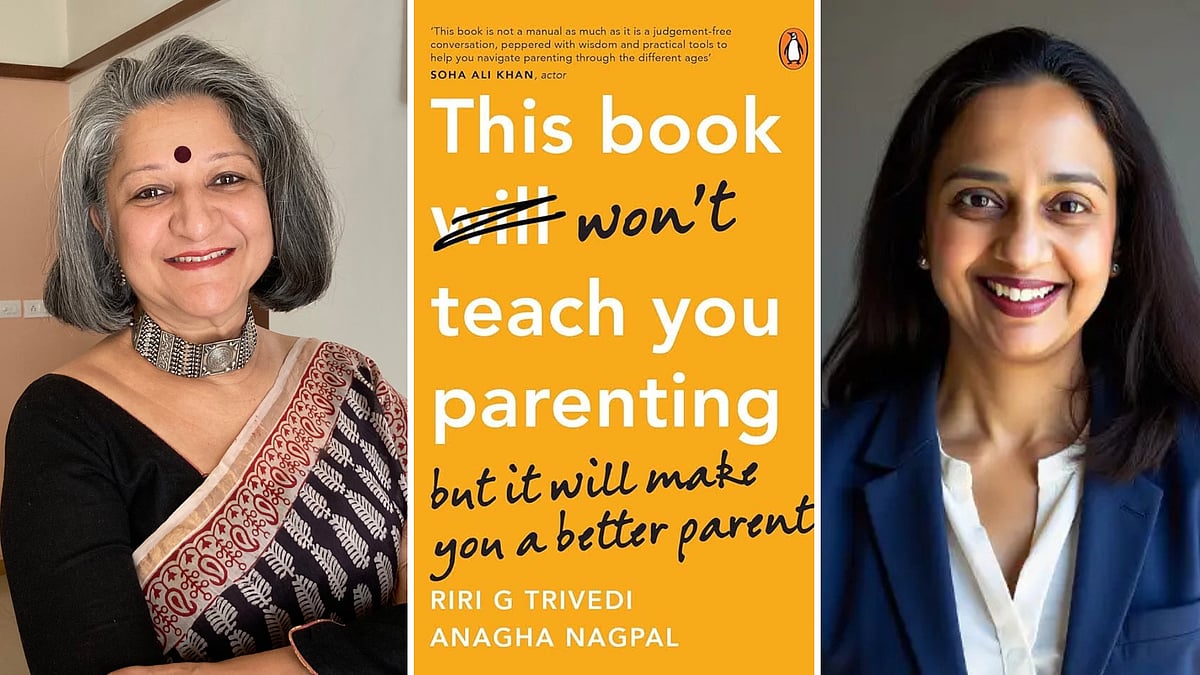This work briefly examines the antiquity of the Rama Katha and spread of the Rama cult over the Indian sub continent. Its main focus is the conflict at Ayodhya over the Ramjanmabhumi temple allegedly destroyed by the Mughal Emperor, Babar in 1528.
Does anyone want to know whether Ram is real or where he was born and when, or have doubts about the temple dedicated to Rama at Ayodhya, later demolished to make way for a mosque? There is no dearth of books to meet your needs.

Rama & Ayodhya, Meenakshi Jain, Aryan Books International, Pages: 342; Price: Rs 695 |
The Ram Janmabhoomi issue has been extensively covered in the past, but what is unique about Meenakshi Jain’s study, Rama & Ayodhya, is the enormous research she has conducted to make Rama come alive, tracing stories about him from the 4th century BC all the way to the present times.
Valmiki’s Ramayana started it all. So profound was his influence that it encouraged poets and dramatists to retell the story in every language in India. Indeed, towards the close of the 9th century, an East Iranian version of the Ramayana, appeared in Khotanose, an Iranian dialect. Temples came to be built dedicated to him practically in everyone and corner of India.
Ram was accepted as an avatar of Vishnu. Among the hundreds of temples that adorned the sub-continent three were in Ayodhya: the Janmasthan, the Sargadwar Mandir and the Tretaka Thakur. They were among those destroyed by a General of Babar’s Army. According to a British officer, Patrick Carnegy (the first British Commissioner in Faizabad) quoted by Meenakshi Jain, “on the first of these Babar built the Mosque, which still bears his name”.
Carnegy was clear that the Janmasthan marked the place where Rama was born. Meenakshi produces lots of evidence to show that the Babri Masjid was indeed built over the remains of a temple to Ram, but many alleged scholars of
Jawaharlal Nehru University – mostly Marxist – took vicious pleasure to question that fact.
One can understand Muslim scholars, like Prof. Irfan Habib making atrocious statements about the findings of the Archaeological of India (ASI) showing an utter lack of grace and, worse still, ignorance of the basics of architecture, but to think that he had the support of some Hindu scholars remind one of what a famous American scholar David Frawley said of such deplorable
characters. As he put it: “There is probably no other country in the world where it has become a national pastime among its educated class to denigrate its own culture and history, when great archaeological discoveries of India’s past are found, they are not a subject for national pride but are ridiculed as an exaggeration, if not an invention…”
Prof. Habib’s special ire was reserved for Prof. B.B Lal, the first to point to architectural remnants below the Babri Masjid. He even accused Prof. Lal of professional dishonesty. He went to the extent of rejecting all sculptural and archaeological evidence of a temple beneath the Babri Masjid as “plants”, “simply brought from outside at a time when the VHP and the BJP, through the State government, had full and absolute control of the site” forgetting that at every minute of the excavation of the Babri Masjid there were a host of security people keeping an eye on the digging, among them being judicial observers, advocates, parties and their nominees”. Furthermore, to
maintain transparency, all excavated material had to be sealed in the presence of representatives of the parties. That did not matter to Prof. Habib.
The ASI and its officials were subjected to all manner of vilification by him. He had, sadly, the support of the likes of Romila Thapar who had the imperti-nence to say that the existence of a Hindu temple (under the Babri Masjid) was simply a belief and “when belief claims the legitimacy of history” historians had perforce to intervene. Her further complaint was that while some scholars spoke on temples desecrated by Muslim rulers “those desecrated by Hindu rulers are forgotten”. If she had spoken of Hindu rulers desecrating mosques and building temples over their sites, she might have been more to the point.
According to our secular intellectuals, we should not speak about Hindu temples desecrated by Muslim rulers and invaders. Have Hindu rulers ever demolished mosques? It is always the other way round. According to Meenakshi, “Banaras was totally devastated in 1194 by a Ghirid force. “Hardly a shrine survived the onslaught… Banaras’ great temples were destroyed several times… in many cases mosques were built in their place with “calculated insolence”… the great Vishwanath Temple was destroyed no less than three times and Queen Raziya, during her short turbulent reign appropriated the site of the Vishwanath Temple and had a mosque constructed there…”
But nobody has ever demolished that mosque. The only mosque claimed was the Babri one and that, too, only because it was built on the site of a temple dedicated to Ram and his birthplace. Happily there have been other – and more sensitive – Muslims who have understood Hindu sentiments, like K.K. Muhammad, deputy Superintending Architect who participated actively in the Ayodhya excavation.
The Indian Express (December 15, 1990) has quoted him as saying: “I can reiterate this with great authority – I was the only Muslim who had participated in the Ayodhya excavation… Ayodhya is as holy to the Hindus as Mecca is to Muslims, Muslims should respect the sentiments of millions of their Hindu brethren and voluntarily hand over the structure for constructing the Ram Temple”.
Meenakshi Jain has rendered signal service to all Indians by writing this work. She has been fair – indeed, more than fair – to the likes of Prof. Habib and Romila Thapar, reporting the presentation of their case in considerable detail.
A former Fellow, Nehru Memorial Museum and currently Associate Professor in History at Gargi College, University of Delhi, she has not missed out any argument pro or con. There is ample reference to the Allahabad High Court judgement on the Ram Janmabhoomi/ Babri Masjid Case.
In the end Meenakshi notes that “the cumulative effect” of all the facts presented in Court leaves us no doubt that even before the construction of the disputed structure, Hindus used to worship at the place they believed to be the birthplace of Ram (and) the area under the Central Dome was a place of special significance for the Hindus and had to be treated in a manner”.









